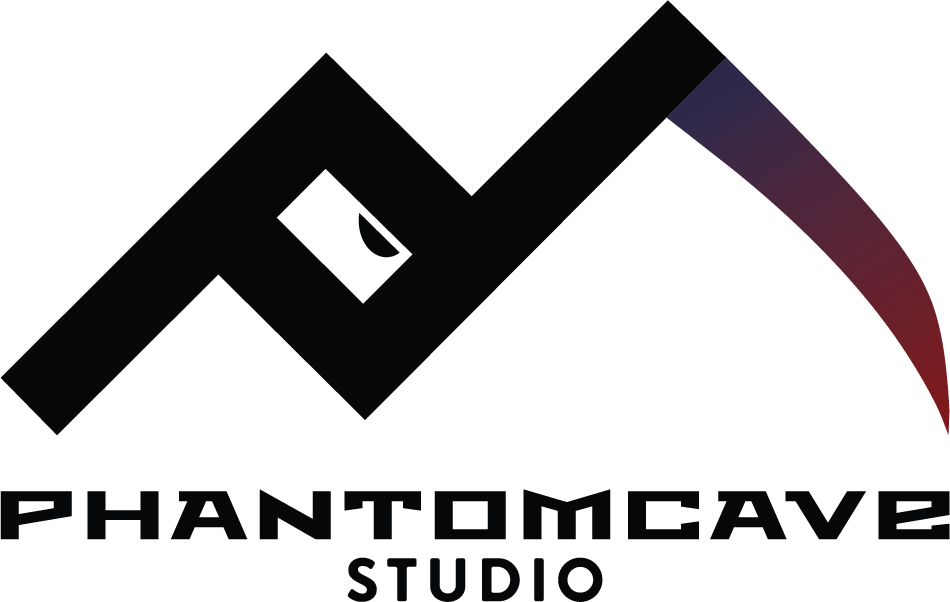Cinematics
overview
Cinematics
Cinematics play a crucial role in storytelling within games and films, delivering emotional depth and enhancing the narrative experience. Through cinematic sequences, we can express key moments, character arcs, and plot developments with powerful visuals, dynamic camera angles, and immersive sound. Our approach to creating cinematics focuses on seamless integration between storytelling, animation, and visual effects to ensure an unforgettable viewer experience.
Concept Development
The first step in cinematic design is developing the core concept. This includes understanding the narrative, identifying key moments, and defining the tone and pacing of the cinematic. Artists collaborate with writers, directors, and game designers to establish the visual style, atmosphere, and emotional direction, ensuring the cinematic aligns with the overall project vision.
Storyboarding and Pre-visualization
Once the concept is developed, we move into storyboarding and pre-visualization. Storyboards are used to map out the sequence of shots, framing, and camera angles, providing a visual guide for the entire cinematic. Pre-visualization (Previs) tools help visualize complex action sequences, camera movements, and transitions before production begins, allowing the team to refine timing and narrative flow.
3D Modeling and Scene Setup
To create the cinematic environment, we begin by designing and modeling the 3D assets required for the sequence. This includes characters, props, environments, and any other visual elements that play a role in the story. We also set up the scene with lighting, cameras, and special effects, ensuring that the environment matches the desired atmosphere and supports the narrative’s tone.
Animation and Motion Capture
For cinematics, character animation is critical to conveying emotions and actions effectively. This includes animating characters’ movements, facial expressions, and interactions with their environment. Motion capture (MoCap) may be used to capture realistic human movements, which are then applied to 3D characters for natural and fluid animation. The goal is to ensure that each movement supports the emotional beats of the story.
Camera Work and Direction
Camera work is a key element in cinematic design, as it dictates how the viewer experiences the story. We design camera angles, movements, and transitions that guide the viewer's attention to important elements within the scene. This involves framing, depth of field, zooms, pans, and other cinematic techniques to create drama, tension, or intimacy depending on the moment.
Lighting and Rendering
Lighting plays an essential role in setting the mood of the scene and enhancing visual storytelling. We carefully design the lighting setup to match the tone of the cinematic, using techniques like soft lighting for emotional moments or harsh lighting for action sequences. After lighting is established, rendering is done to produce the final image quality, with attention to realism or stylistic choices depending on the project.
Post-Production and Special Effects
After rendering, the cinematic undergoes post-production, where additional visual effects, color correction, and compositing are applied. This may include adding elements like explosions, smoke, rain, or magical effects to enhance the cinematic experience. We also synchronize the animation with sound design and voiceovers to ensure that everything aligns seamlessly.
Final Review and Integration
Once the cinematic is fully completed, it goes through a series of reviews to ensure it fits within the overall narrative and flows smoothly. This includes checking timing, pacing, and ensuring that the visual style aligns with the rest of the project. Once finalized, the cinematic is integrated into the game or film, with attention to playback performance and ensuring the cinematic enhances the user experience.
Types of Cinematics
- In-Game Cinematics
In-game cinematics are sequences that are rendered in real-time using the game engine. These are often used to advance the storyline or show character interactions, making them an integral part of the gameplay experience. They blend gameplay with cinematic storytelling to create immersive moments.
- Pre-rendered Cinematics
Pre-rendered cinematics are high-quality video sequences that are produced offline and integrated into the game or film. These sequences can push the limits of visual fidelity, offering more detailed environments, lighting, and effects than real-time rendering allows. They are often used in cutscenes or opening sequences.
- Interactive Cinematics
Interactive cinematics, often seen in modern games, blend gameplay with cinematic elements, allowing players to influence the sequence through their actions. This creates a hybrid experience where story moments are interactive, and player decisions impact the outcome of the cinematic.
what games do we devlop
RPG Games
Game designers at our studio know the score and are able to put their knowledge to good use by coming up with the best-in-class mechanics as well as the backstory for your game.
Our expertise in 3D modeling will bring you the best outlook of your game.
Puzzle
Game designers at our studio know the score and are able to put their knowledge to good use by coming up with the best-in-class mechanics as well as the backstory for your game.
Our expertise in 3D modeling will bring you the best outlook of your game.
Strategy
Game designers at our studio know the score and are able to put their knowledge to good use by coming up with the best-in-class mechanics as well as the backstory for your game.
Our expertise in 3D modeling will bring you the best outlook of your game.
Survival
Game designers at our studio know the score and are able to put their knowledge to good use by coming up with the best-in-class mechanics as well as the backstory for your game.
Our expertise in 3D modeling will bring you the best outlook of your game.
faqs
popular questions
What is 3D game design & development?
We focus on providing a high standard of quality in each project. Our game studio carefully selects the right technology to meet any project requirement. We create engaging games and catchy art for various platforms.
What makes good 3D games?
We focus on providing a high standard of quality in each project. Our game studio carefully selects the right technology to meet any project requirement. We create engaging games and catchy art for various platforms.
What do you need to start game development?
We focus on providing a high standard of quality in each project. Our game studio carefully selects the right technology to meet any project requirement. We create engaging games and catchy art for various platforms.
What is Metaverse development?
We focus on providing a high standard of quality in each project. Our game studio carefully selects the right technology to meet any project requirement. We create engaging games and catchy art for various platforms.
Which game engine are you using and why?
We focus on providing a high standard of quality in each project. Our game studio carefully selects the right technology to meet any project requirement. We create engaging games and catchy art for various platforms.
What is the game design document?
We focus on providing a high standard of quality in each project. Our game studio carefully selects the right technology to meet any project requirement. We create engaging games and catchy art for various platforms.
Which models are used in the gaming business?
We focus on providing a high standard of quality in each project. Our game studio carefully selects the right technology to meet any project requirement. We create engaging games and catchy art for various platforms.






